Dacia has been in Portugal for 15 years and is currently the fastest growing brand in recent years, occupying the third position among the best-selling brands in the national market and leading in sales to individuals with a market share of 18%.
Keeping its focus on being a fair and affordable brand for what is essential, Dacia is preparing to enter the year 2024 with many news, including the launch of the new Duster, an SUV that will arrive in the national market in the Spring, joined by the new Spring, 100% electric, scheduled for later, and the Bigster, a larger SUV, which will be presented in late 2024 and arrive in the market in 2025.
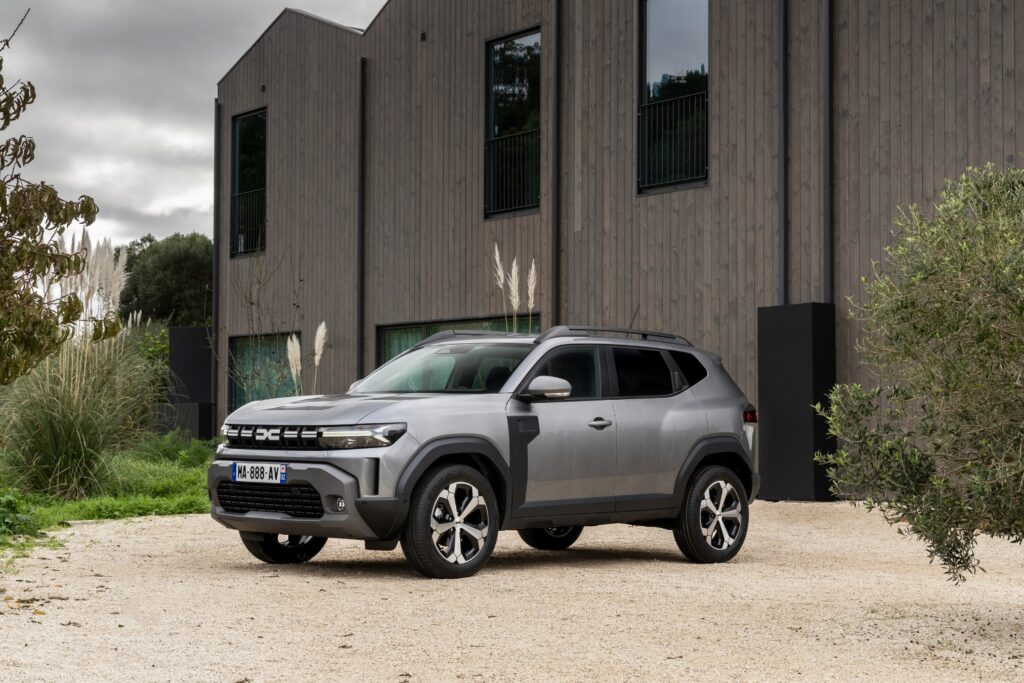
With an authentic revolution underway, and with a more modern exterior image, Dacia continues to focus on the idea of accessibility, and is increasingly committed to the attractive design principle that combines simplicity with boldness in many aspects of the new models, thus pointing towards a path of growth.
Design has been the main driver of this transformation of the Renault Group brand, and Magali Gouraud-Borgers, Head of Interior Design at Dacia, in conversation with journalists during another edition of “Dacia Talks”, did not hide that the new identity is transversal to all models, and that the important thing is to “think about the essentials, but combined with the idea of pleasant and attractive style, not focusing only on low cost, but on a set of attributes”.

The logic of finding solutions that reconcile ecological intelligence with economic intelligence is at the heart of Dacia’s design, and an example of this is the new “YouClip” system, a device created to attach specific accessories, such as smartphones, tablet holders or bags, to specific points in the cabin, which is nothing more than a simple and practical solution, capable of supporting up to 10 kg of weight.
The ideas of simplicity applied to Dacia’s new models are part of the brand’s vision revealed in the Manifesto, the concept presented in 2022 that is nothing more than the idea of “the maximum expression of design applied to simplicity”, and that points the way to Dacia’s future models, which will increasingly make use of sustainable materials, reinforcing the outdoor and adventure spirit.
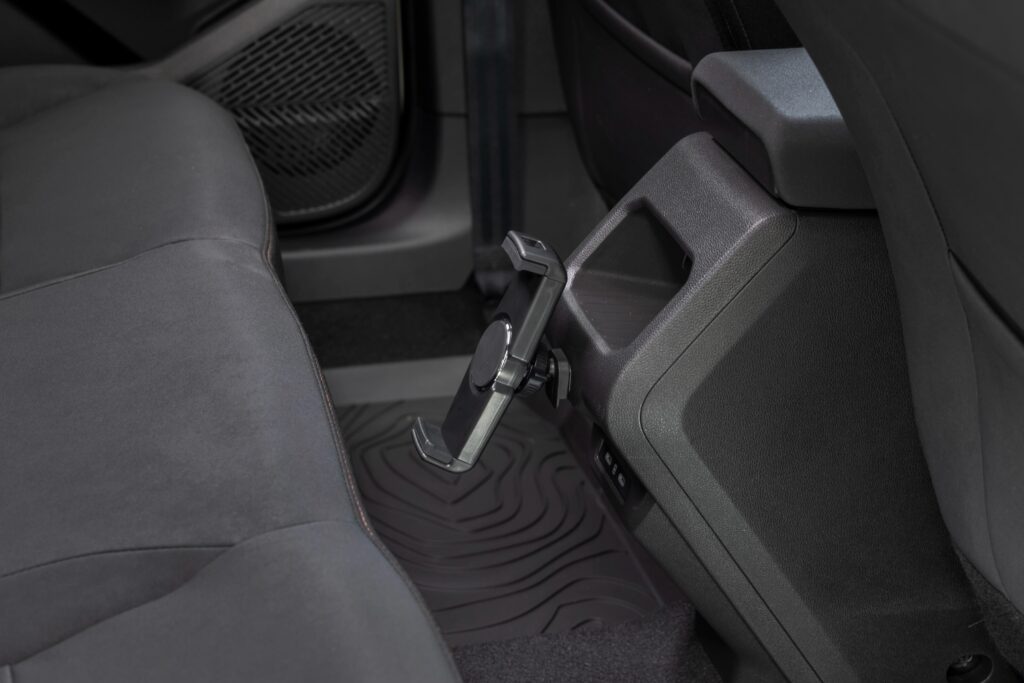
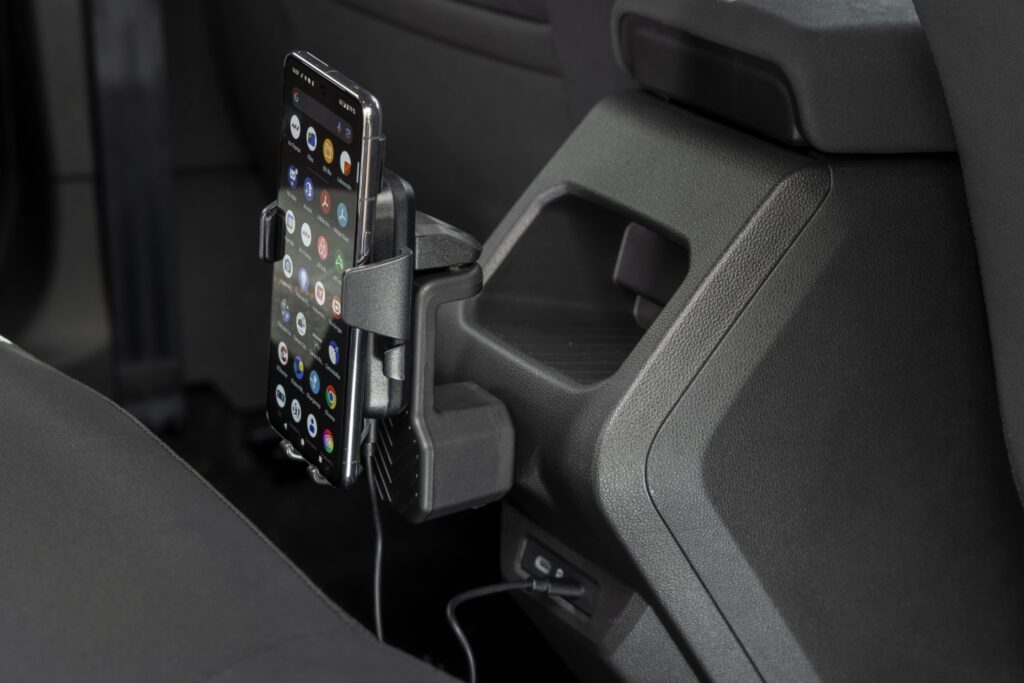

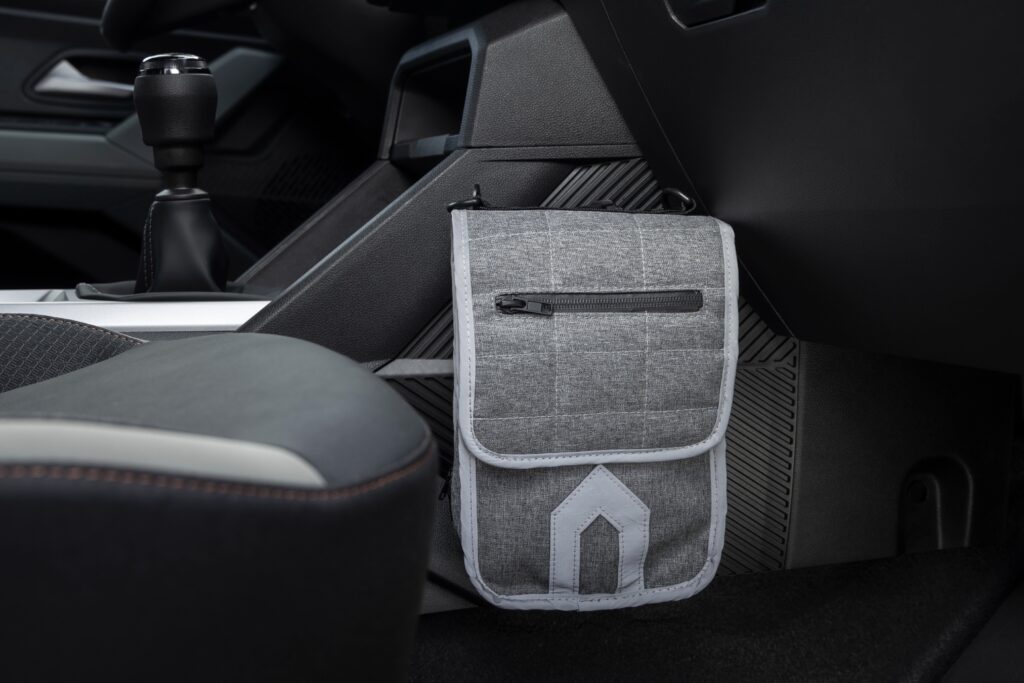
As an example of this, the new Duster, for which the brand worked to reconcile ecological intelligence with the pleasure of adventure, the chrome elements disappeared and a strip of unpainted plastic with 20% recycled material was required to protect the doors, fenders, and bumpers, giving it a more robust look. This is a material called Starkle, patented by Dacia.
In the cabin, Magali Gouraud-Borgers did not hide that the idea was to create “a combined image of the exterior with the interior, with more space and functionality, namely through multifunctional areas between the two front seats”.

Thus, the interior of the new Duster is equipped with what is essential, including easier-to-clean or waterproof coverings. In addition, ergonomics have been carefully considered, including the 10.1″ central screen positioned in the driver’s line of sight and at a 10° angle towards the driver, as well as the new controls for the automatic transmission, which the brand says are particularly easy to use. In addition, there is a steering wheel that is flattened at the top and bottom, designed to improve driving comfort.


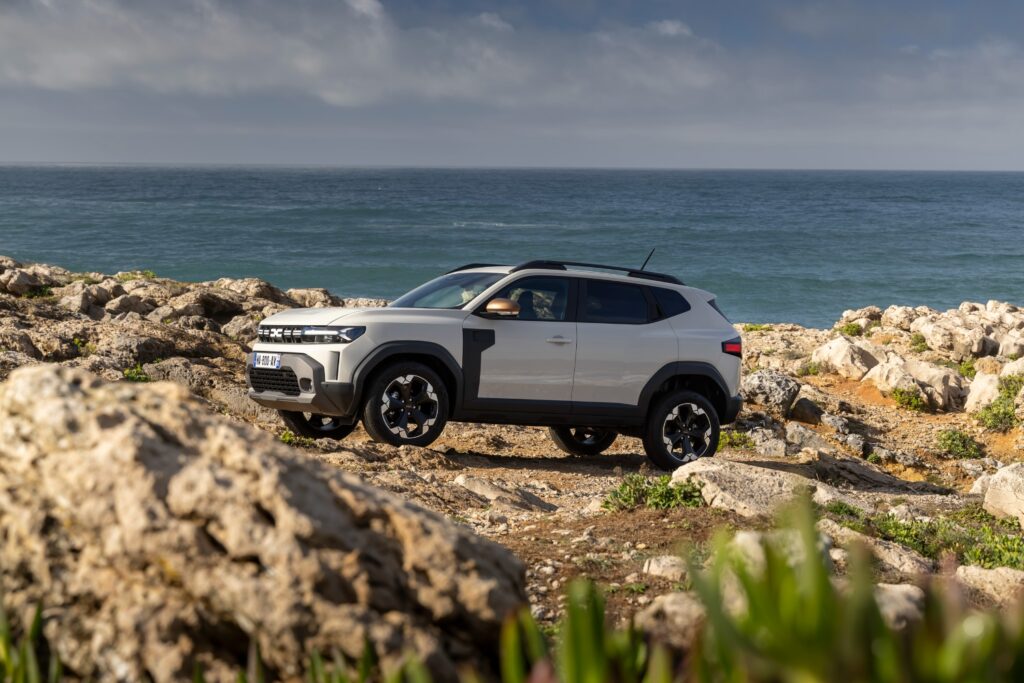

“The Duster is thus the first model of the brand to adopt some solutions that were revealed in the Manifesto and that we will be able to see in future Dacia models”, added the Head of Interior Design at Dacia.







